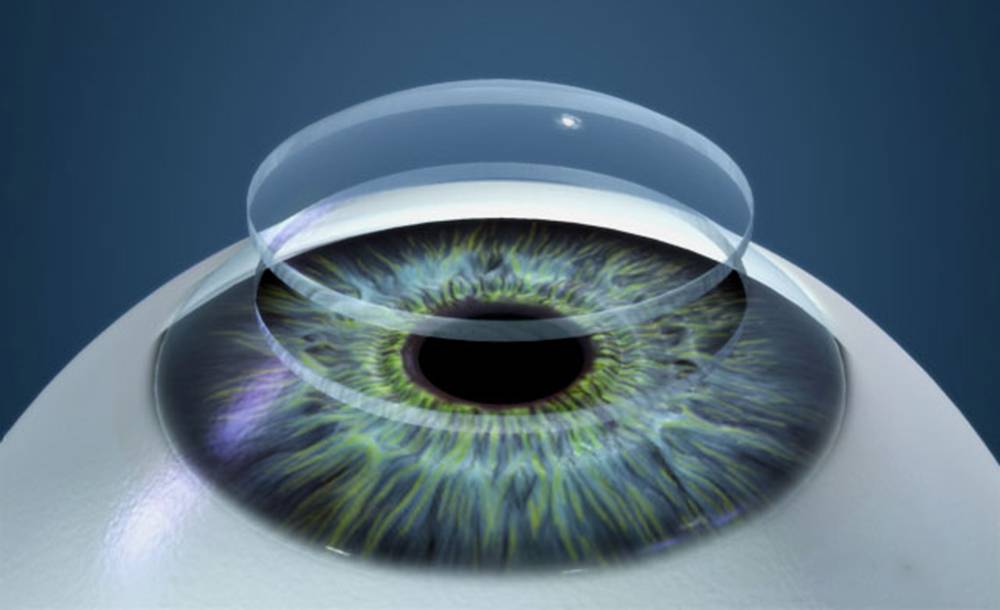Laser eye surgeries, especially LASIK (Laser-Assisted in Situ Keratomileusis) and PRK (Photorefractive Keratectomy), are used to reshape the cornea. Thus, refractive errors present in the eye are eliminated.
In this process, a certain amount of tissue is vaporised from the cornea with a laser. How much the cornea is thinned depends on the individual eye structure, the vision correction targeted in the surgery and the technology used. However, it is possible to talk about some average values.
How much does the cornea thin in the operation?
In LASIK surgery, a thin flap is removed in the upper layer of the cornea, and then approximately 12-16 microns of tissue is vaporised from the lower layer of the cornea with the excimer laser for each dioptre (visual defect correction).
For example, if 3 diopters of myopia is to be corrected, approximately 36-48 microns of corneal tissue can be thinned.
The total thickness of the cornea is usually around 500-550 microns, but it is essential to leave at least 250-300 microns of thickness behind during the procedure.
In PRK surgery, the flap is not removed, therefore laser is applied directly from the surface. Similarly in PRK, approximately 12-16 microns of tissue is vaporised for each diopter correction.

As a result, the amount of corneal thinning after surgery depends on the initial visual defect and the thickness of the cornea. Before the surgery, your doctor measures the thickness of your cornea and ensures a safe procedure.
Because, as we said at the beginning, the thickness shown as safe should remain in your cornea after surgery. We can only determine this after detailed examinations and decide whether the patient is suitable for the operation.

